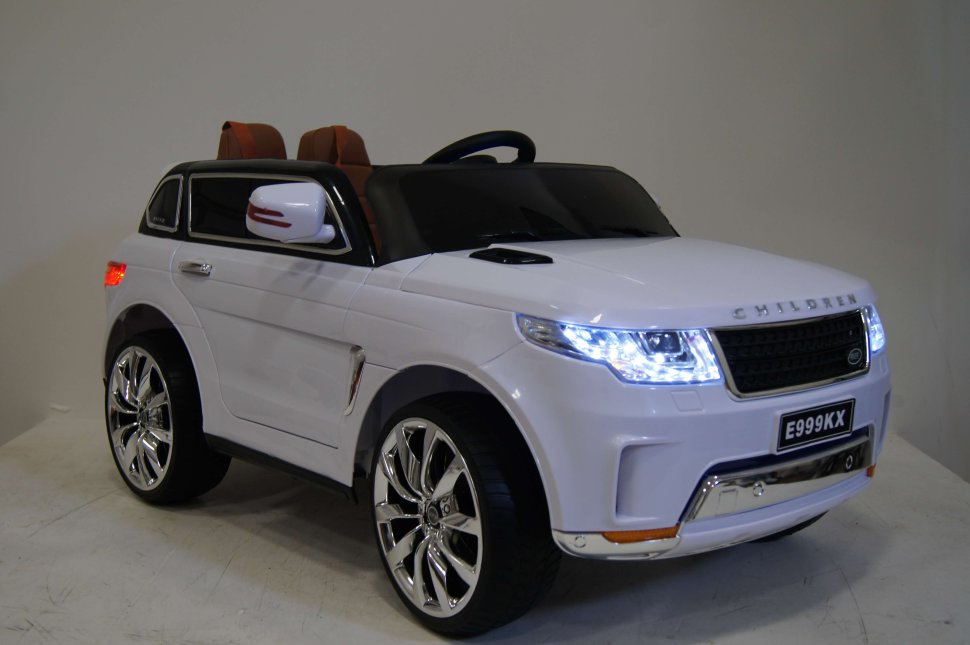
Title: Beyond Fun: Educational Features of Children's Electric Vehicles
Children's electric cars are not only a source of entertainment, but also a valuable educational tool that can promote learning and development in a variety of ways. In this article, we'll look at the educational features that are commonly found in children's electric cars and how they support children's learning and growth.
-
Interactive Dashboard: Many kids' electric cars come with interactive dashboards that simulate driving a real car. These information panels can include buttons, switches, and dials that children can manipulate, helping them learn about cause and effect and develop their fine motor skills.
{eleven}
-
Working Headlights: Some electric vehicles are equipped with working headlights, taillights and turn signals that can be operated by children. Not only does this add realism to the driving experience, but it also teaches children the importance of signaling and road safety.
-
MP3 Player Compatible: Many electric cars are equipped with an MP3 player, allowing children to listen to their favorite music or audio stories while driving. This feature helps stimulate hearing and encourages children to explore different types of music and storytelling.
-
Speed and Distance Display: Modern electric vehicles may include a speedometer and a distance display that shows how fast the car is traveling and how far it has traveled. This feature introduces children to the basic concepts of speed, distance, and measurement in a fun and interactive way.
-
Parental Remote Control: Some electric vehicles come with a parental remote control feature that allows adults to take control of the car if necessary. This feature not only ensures the safety of young drivers, but also provides parents with the opportunity to teach children road safety and driving etiquette.
-
Educational apps and games: Some electric vehicles are equipped with educational apps and games that children can access through the built-in touch screen or mobile device. These apps can include activities such as learning the alphabet, recognizing numbers, and sorting shapes, helping children develop early literacy and numeracy skills through play.
-
Opportunities for realistic role-play : Electric cars allow children to engage in imaginative play and realistic role-play scenarios as they pretend to drive to different destinations, run errands, or explore new environments. This type of play encourages creativity, social interaction, and language development.
Built-in sound effects: Electric vehicles often come with built-in sound effects such as engine noise, horns, and music. Not only do these sounds enhance the driving experience, but they also introduce children to different sounds and encourage auditory discrimination.
In conclusion, children's electric cars offer a wide range of educational features that promote learning and development in a variety of areas. From interactive dashboards to MP3 player compatibility and parental remote control, these features provide valuable opportunities for kids to explore, learn and grow while having fun behind the wheel. By incorporating educational features into electric vehicles, manufacturers can improve the overall driving experience and help children develop fundamental skills that will benefit them both on and off the road.






